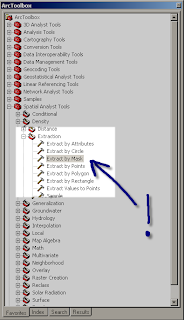
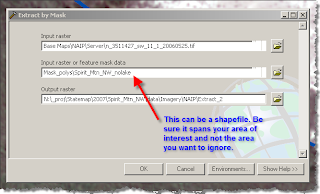
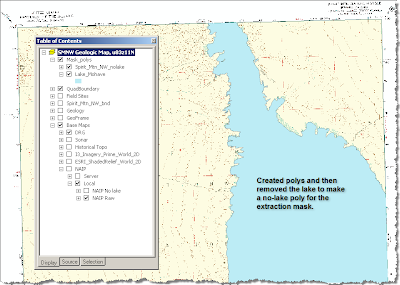
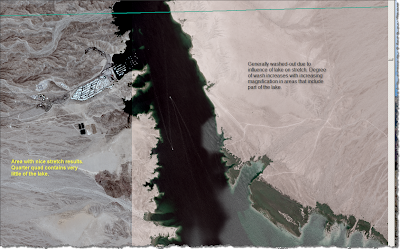
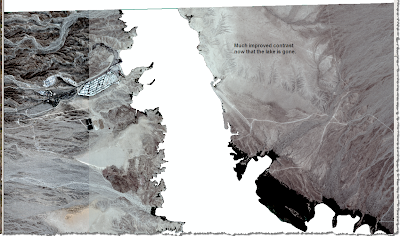





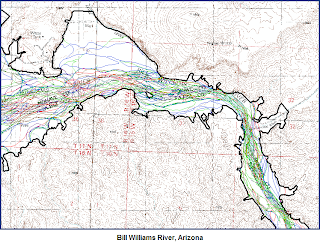
The image above is an excerpt from a 35 mile stretch of river. Yes. The river has undergone some profound changes in the last 50 years or so. Exactly how and why is beyond the point of this blog. One day I will publish it if it matters to you.
The point of this entry is to describe the various tools and methods that I have employed in ArcGIS to compile the lines in a meaningful way and to turn the resulting spaghetti into a meaningful map or series of maps.
The Project:
Map the bottomland geomorphology of the Bill Williams River at specific points in time using a chronology of orthorectified aerial photographs. At this point, I have mapped six generations of the valley bottom. The resulting plexus of lines is a logistical nightmare to a certain extent, but I believe I came up with a reasonable way to deal with them. If you map similar things and have better ideas or suggestions, please let me know.
That sounds easy right? It is easy, but really really tedious. Also, unless you have taken some preliminary precautions, you may lose all of your careful attribution. For better or worse, when you set up the geodatabase, you have many, many, options to ignore or address. Some of these are very useful to know about. One is ‘Default value’. What you choose here is the default attribution given to any piece of data that you enter. In the case of the Bill Williams map, setting the apyear (aerial photograph year) to the appropriate year was essential and useful. In other cases, I bet you can come up with some examples of your own where this would be useful.
You may also find yourself splitting and merging many lines. Unless you establish 'split' and 'merge' policies, you may get some disconcerting results...like total loss of attribution that you didn't find out about until you split 10s to 100s of lines:
It is best practice to attribute your geolines immediately upon drawing them unless it is really ambiguous and you have a firm follow-up plan. Thus, choosing a default value for a line that requires some scientific judgment may not be the best idea. In the (recent) past, I have had a tendency to map many lines without attribution, assuming that I will do it in a ‘second pass’ through the data. Yikes. That is really stupid. For one thing, once you have drafted the line, you have covered it; for another, the ‘second (or third) pass’ idea isn’t very efficient and just effing snowballs up on you.
So what to do?
Option 1: Diligently attribute each line after you draft it.
Option 2: Have the program force you to attribute the line, or point, or poly, once you draft it.
Option 2 is the most efficient way to go. I just discovered this one.


 I have been foolish enough to map a patchwork series of quadrangles along the lower Colorado River in an attempt to better understand the river's geologic history. Each time I move into a new quad, I learn more about that history (or more variations on it) that inform previous maps. Why in the hell I didn't just try to get funding to map the deposits of interest along the corresponding length of river is beyond me. Eight years later, I am still trying to finish some of those maps (sure, I am a perfectionist, but there are other reasons).
I have been foolish enough to map a patchwork series of quadrangles along the lower Colorado River in an attempt to better understand the river's geologic history. Each time I move into a new quad, I learn more about that history (or more variations on it) that inform previous maps. Why in the hell I didn't just try to get funding to map the deposits of interest along the corresponding length of river is beyond me. Eight years later, I am still trying to finish some of those maps (sure, I am a perfectionist, but there are other reasons).